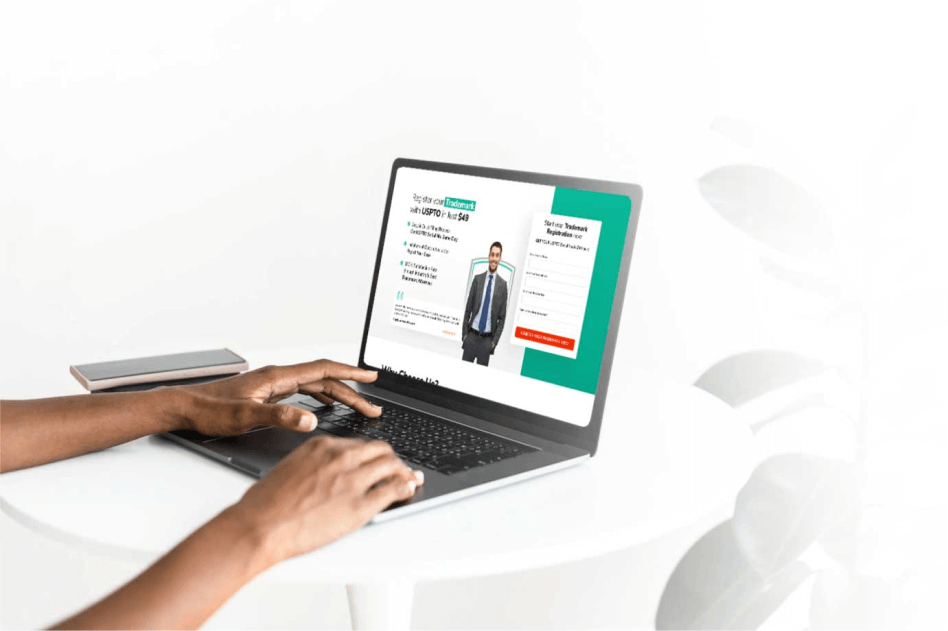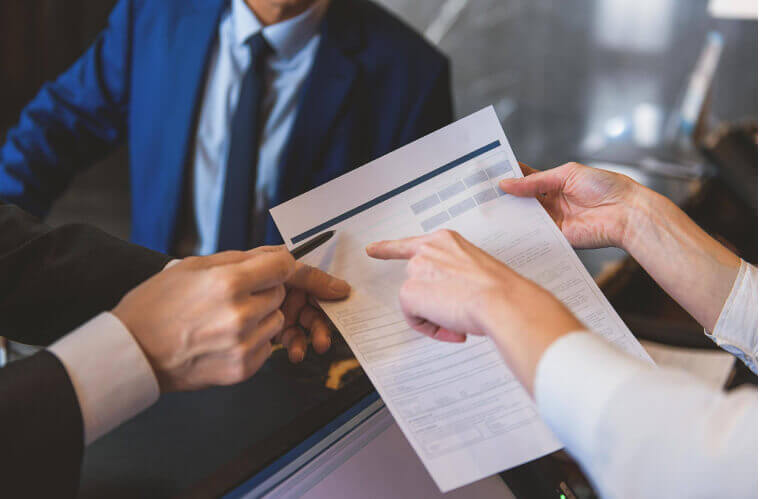If you've ever considered registering a trademark, there are several things that you should know about the process. First, it's important to understand what it means to "register" a trademark. In order for your mark to
become registered under federal law and protected by federal law, you need to file an application with the United States Patent and Trademark Office (USPTO). This process includes filling out paperwork and having documents
translated into English if they were originally written in another language. It also includes gathering proof of ownership of existing trademarks that show how well-known those marks are today so that you can use them
as evidence when filing your own application later on down the line. The USPTO has a list of goods and services that are eligible for trademark registration. The USPTO also has a list of goods and services that are
not eligible for trademark registration.
For example, if you want your business to be called "The Beatles," but the band doesn't actually exist anymore, there's no way you could get your mark registered with the USPTO because there is no way those letters could
be considered part of any existing business name or trade dress (the look/feel of something). However: if you were selling coffee cups with images from their album covers printed on them, then it would likely be possible
for someone else to use those same images without infringing upon your rights as an owner unless they were using them too close together.
Trademarks are owned by businesses and individuals, with only the first owner having exclusive rights to use them. If you want to register your trademark with the United States Patent and Trademark Office (USPTO), you must
pay a filing fee plus an annual maintenance fee (currently $225). However, there are some exceptions if your goal is simply to protect your name:
Управление по патентам и товарным знакам Соединенных Штатов (USPTO) является федеральным агентством Министерства торговли Соединенных Штатов, которое управляет регистрацией товарных знаков в Соединенных Штатах. в котором они работают (например, патенты). Другими словами, если ваша цель - просто использовать свой знак в качестве идентификатора источника, а не
Сделайте какие -либо реальные продукты или услуги, используя его, тогда это не то, о чем мы здесь говорим. Тем не менее, есть некоторые важные факторы, которые обычно указывают на то, что у кого -то есть такие намерения:
It is also responsible for providing information about trademarks and trademarks law, as well as collecting statistics on intellectual property issues related to businesses and industries in which they operate (e.g., patents).
Before you can file an application for registration with the USPTO, you must have a bona fide intent to use the trademark in commerce. In other words, if your goal is simply to use your mark as a source identifier and not
make any actual products or services using it, then this isn't what we're talking about here.
What exactly constitutes "bona fide intent" isn't entirely clear; however, there are some important factors that usually indicate that someone has such intent:
Они приобрели товары или услуги под своим собственным именем/логотипом (или аналогичным). Это означает, что они потратили деньги на что -то, что связано с их бизнесом - не один раз, а неоднократно с течением времени; И даже если вы их не видите
Покупая что -либо прямо у вас (например, за счет покупки через онлайн -рынок, такой как Amazon), это все равно может означать, что они фактически сделали что -то связанное в каком -то смысле с их общим бизнес -планом!
Примечание. Покупка общих версий продуктов у поставщиков не учитывается, если эти продукты не предназначены специально для целей перепродажи; Вместо этого это следует рассматривать просто как часть открытия новых возможностей для бизнеса
Без каких -либо намерений за ними еще. »
Денежный перевод за 225 долларов, который охватывает плату за подачу заявок и гонорар адвоката, если это необходимо.
In order to register a trademark, you must file an application with the USPTO. The application must be in English, and it must be filed on black paper (or white for color marks). You will also need to submit a check or
money order for $225, which covers filing fees and attorney’s fees if necessary.
Когда вы подаете заявку на регистрацию товарных знаков, важно убедиться, что ваши товары или услуги соответствуют категории.
торговая марка. Если это так, то они могут выпустить официальный регистрационный сертификат для этого названия/бренда продукта. Но если уже существуют другие цепочки быстрого питания, которые используют подобные имена в их меню и упаковке
(например, Burger King или Wendy's), тогда эти компании могут оспорить ваше заявление, пытаясь доказать, что использование их собственного бизнеса таких терминов указывает на существующую общественную ассоциацию с этими продуктами; поэтому
Сделать их непригодными для защиты в соответствии с законом.
Все остальные, использующие те же слова тоже! Это зависит от ответа на этот запрос. Возможность использовать свое собственное имя в качестве товарного знака не является абсолютной, но в некоторых ситуациях оно возможно. По правде говоря,
Многие из самых известных и ценных товарных знаков имеют свои корни в именах людей. Первый ответ на этот запрос будет включать «фамилию». Без доказательств того, что он «приобрела уникальность», знак, который «по сути
Просто фамилия «не может быть защищена в соответствии с законодательством о товарных знаках США. Как правило, пять критериев будут приняты во внимание, чтобы решить, должна ли приобретенная отличительность.
For example, if you are applying for a mark that represents a particular type of food (for example: "McDonald's"), then the United States Patent and Trademark Office will consider whether or not this is acceptable as a
trademark. If so, then they may issue an official registration certificate for this product name/brand. But if there are already other fast food chains in existence that use similar names on their menus and packaging
(such as Burger King or Wendy's), then these companies could challenge your application by trying to prove that their own business' use of such terms indicates an existing public association with those products; therefore
making them ineligible for protection under the law.
Similarly, if someone else has already used another well-known brand name like Coca Cola® in connection with their own products then no one could claim ownership over this particular word combination unless they wanted
everyone else using those same words too!










